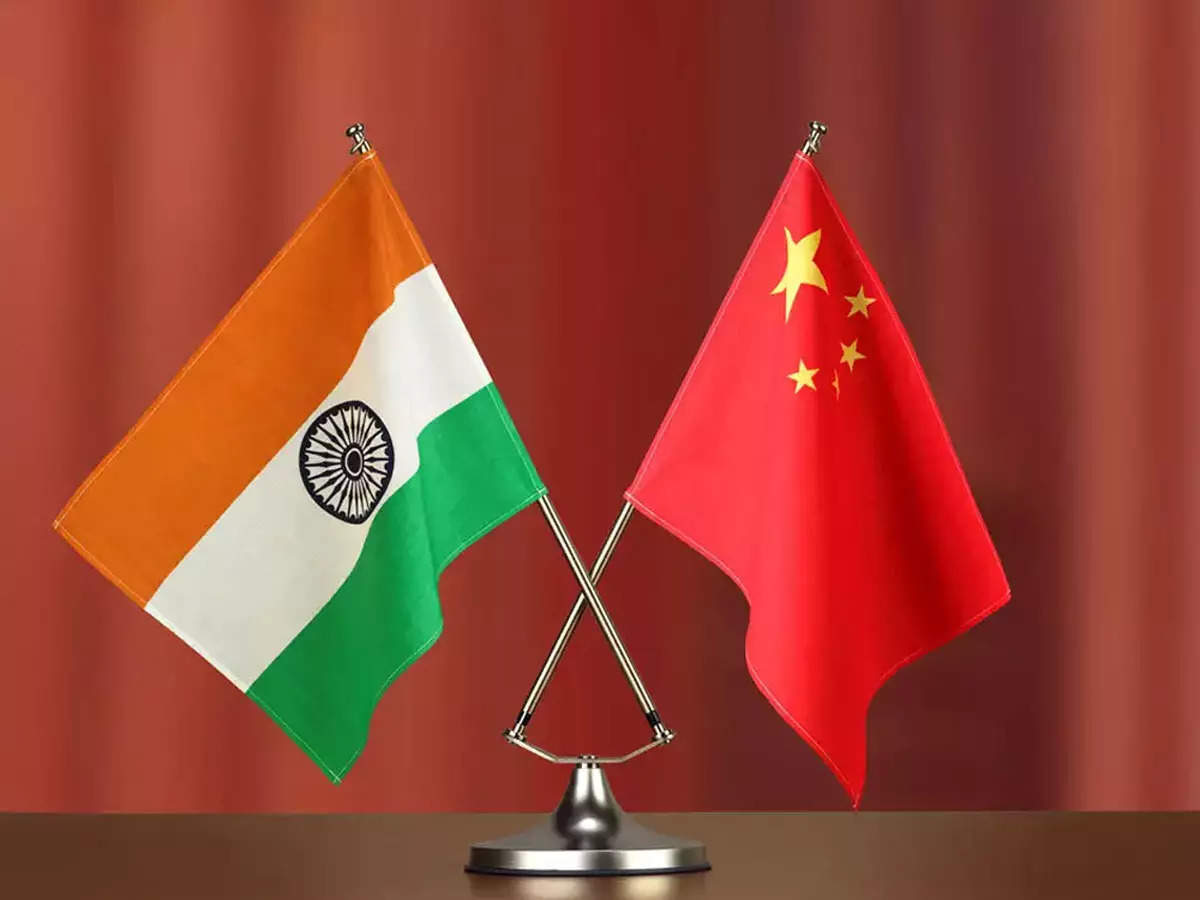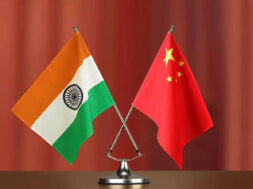
Manas Dasgupta
NEW DELHI, Oct 11: Any hope of an early solution to the impasse between the Indian and Chinese army was belied at the 13th round of the Corps Commanders’ meeting with both sides blaming each other for the continued stalemate.
While India claimed that it had given “constructive suggestions” for resolving the problems of the remaining areas, China accused India of making “unreasonable and unrealistic demands” resulting to the continued stalemate.
Both the sides had hoped that the 13th round of Corps Commander level talks held on Sunday would achieving a breakthrough for disengagement from Patrolling Points (PP) 15 in Hot Springs but remained unfulfilled. Both sides issued independent statements on Monday morning, blaming each other for the situation. While India said that the standoff was caused by China’s unilateral attempts to alter the status quo, China said that India should cherish the hard-won situation.
The Army, in a statement, said the Indian side made “constructive suggestions” for resolving the “remaining areas” while the Chinese military in a statement said India had made “unreasonable and unrealistic demands.”
“During the meeting, the Indian side therefore made constructive suggestions for resolving the remaining areas but the Chinese side was not agreeable and also could not provide any forward-looking proposals. The meeting thus did not result in resolution of the remaining areas,” the Army said. The talks were held at Moldo on the Chinese side with a focus on working out the third phase of disengagement from Patrolling Point 15 in Hot Springs as part of overall disengagement and de-escalation along the Line of Actual Control (LAC). The talks began around 10.30 a.m. at Moldo and concluded at about 7 p.m., a defence official said.
The Army further said on the meeting, “The Indian side pointed out that the situation along the LAC had been caused by unilateral attempts of Chinese side to alter the status quo and in violation of the bilateral agreements. It was therefore necessary that the Chinese side take appropriate steps in the remaining areas so as to restore peace and tranquillity along the LAC in the Western Sector.”
This would also be in accord with the guidance provided by the two Foreign Ministers in their recent meeting in Dushanbe where they had agreed that the two sides should resolve the remaining issues at the earliest, the statement noted while also stating that such resolution of the remaining areas would facilitate progress in the bilateral relations.
Stating that the two sides had agreed to maintain communications and also to maintain stability on the ground, the Army said, “It is our expectation that the Chinese side will take into account the overall perspective of bilateral relations and will work towards early resolution of the remaining issues while fully abiding by bilateral agreements and protocols.”
The Chinese military’s statement on Sunday night came not from China’s Defence Ministry in Beijing, as was the case in some of the earlier rounds, but from the PLA Western Theatre Command in Chengdu, which has in recent rounds appeared to have taken over the responsibility for putting out statements on the LAC situation, seen by some observers as Beijing placing less importance on the slow moving negotiations.
In addition to the overall disengagement and de-escalation, the two sides had also agreed to work out new protocols for patrolling to ensure such instances do not occur again. Since the stand-off began in May last year, the two sides have held a series of talks at different levels, political, diplomatic and military, and as part of agreements reached have undertaken disengagement from both sides of Pangong Tso in February and the Patrolling Point 17 at Gogra area in August. The other friction areas that remain are Hot Springs, Demchok and Depsang. Officials said while an agreement for resolving Hot Springs is within reach, Demchok and Depsang are legacy issues and are tough to resolve.
The PLA statement did not suggest any agreement reached on either disengaging or on new protocols. PLA Senior Colonel Long Shaohua, spokesperson for the Western Theatre Command, said “China had made great efforts to promote the easing and cooling of the border situation and fully demonstrated its sincerity in order to maintain the overall situation of the relations between the two militaries.”
“However, India still insisted on the unreasonable and unrealistic demands, which made the negotiations more difficult,” he said, adding that “China’s resolve to safeguard national sovereignty is firm.” He called on India “to not misjudge the situation” and to “cherish the hard-won situation in the China-India border areas and abide by relevant agreements and consensus between the two countries and the two militaries.”
The PLA’s comment on India making “unrealistic demands” stands in stark contrast to India’s view on the LAC crisis, which began in April 2020 when the PLA massed thousands of troops along the LAC, carried out multiple transgressions in eastern Ladakh, and disregarded the many previously agreed upon border agreements aimed at keeping the peace.
While negotiations have led to disengagement in some of the areas, thousands of PLA troops remain in forward areas. Both External Affairs Minister S. Jaishankar and Army Chief General Naravane, speaking over the weekend, said the PLA was yet to give a credible explanation for their massing of troops last year in contravention of multiple agreements, and stressed that until and unless there was both disengagement, de-escalation and a return to normalcy, Indian troops would remain deployed to match the Chinese and there would be no normalcy in the broader relationship.
Gen. Naravane highlighted the large-scale build-up as well as infrastructure development on the Chinese side and said that if they continued to stay there through the second winter, it would “definitely mean that we will be in a kind of Line of Control [LoC] situation though not an active LoC as is there on the western front.” He further added, “So, it means that they [China] are there to stay. We are keeping a close watch on all these developments, but if they are there to stay, we are there to stay too.”
“The Indian side should abide by the relevant agreements and consensus reached between the two countries and two militaries, show sincerity and take concrete actions to jointly safeguard peace and stability in the border areas with China,” the Chinese spokesman said.
For India, the talks were led by Lt Gen PGK Menon, commander of the Leh-based XIV Corps, which is responsible for the Line of Actual Control in Ladakh, and Maj Gen Liu Lin, commander of the Xinjiang Military district, headed the Chinese delegation.
Going by the tone of the statements from both sides it is likely that troops from both sides will have to spend another winter in Ladakh’s harsh climate. While a small, platoon-sized unit of Chinese troops continue to be on the Indian side of the LAC at PP15, China is blocking India from accessing its five patrolling points in Depsang Plains in the north.
Depsang Plains is sensitive for India, as it is close to the Daulat Beg Oldie base, near the Karakoram Pass in the north. Further, in Demchok, some “so-called civilians” have pitched tents on the Indian side of the Charding Nala. The countries have around 50,000 troops each in the reach, along with additional weapons, tanks, artillery guns, air defence assets that were brought in last year.














